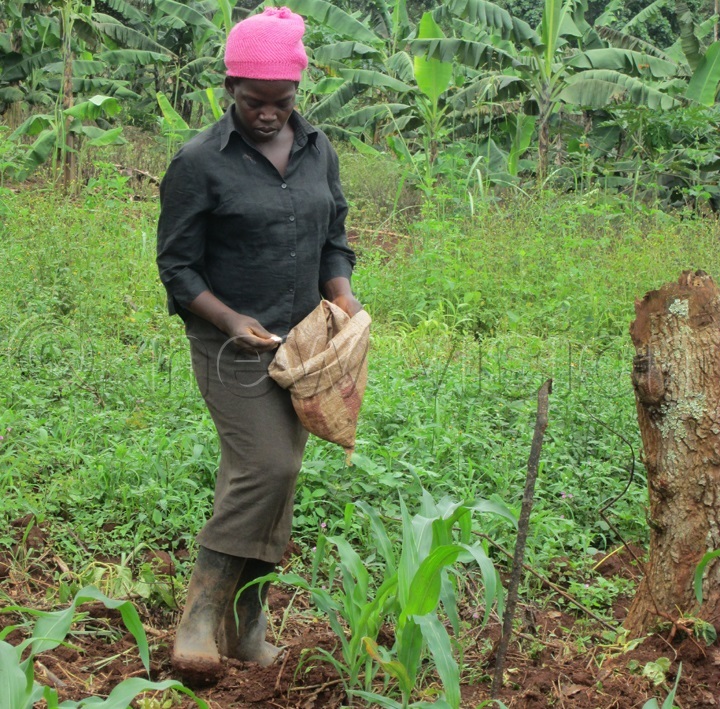Poor application of fertilisers causing greenhouse gas emissions
When too much is applied and is not utilised by the plant, it penetrates the soil, down into the water table
The application of fertilisers increases soil fertility which supports crop production but poor use of fertilisers affects the environment, leading to the production of greenhouse gas emissions.
The poor use of fertilisers is seen where farmers apply too much fertiliser that some remain on top of the soil and some remain unused by the plant.
Those that remain on top of the soil are heated up by the sun and later evaporate into the atmosphere contributing to greenhouse gas emissions.
And when too much is applied and is not utilised by the plant, it penetrates the soil, down into the water table hence coming into contact with water sources. The commonly misused fertilisers are those that contain nitrogen.
The danger with greenhouse gases is that they trap heat in the atmosphere, which increases droughts, cause respiratory diseases among others.
This observation was made by Imelda Kanzomba, the principal agricultural officer at the ministry of agriculture animal industry and fisheries (MAAIF), and also a climate change expert.
Kanzomba adds that a recent study by MAAIF to establish how much the agricultural sector contributes to greenhouse gas emissions, revealed that managed soils contribute 26% of greenhouse gases in form of nitrous oxide which is either emitted directly or indirectly;
While livestock manure about 17% of the greenhouse gases in the form of methane and nitrous oxide particularly through poor manure management systems.

She further advises that to be able to reduce emissions crops and livestock continuous training on best fertiliser application practices and manure disposal is key.
"For fertilisers, it starts with soil testing to guide farmers to only buy what is needed and inadequate amount as required by the soils. She emphasises the need for soil testing before one can buy or use the fertilisers," she said.
She made explanations during a virtual graduation ceremony of 50 experts who completed training on how to calculate greenhouse gas emissions and guide policymakers on how to manage them. The experts were drawn from the ministries of MAAIF, energy, transport, industry, forestry, and waste management among others.
The three months training, delivered through the Virtual University of East Africa was organised by the ministry of water and environment, under the climate change department.
It was funded by the Global Environment Facility (GEF) through Conservation International for the Capacity Building Initiative for Transparency project (CBIT).
Commenting on the development, Dr Peter Alele from the Conservation Center says much as Uganda is performing relatively well in reporting on greenhouse emissions, there is still a need for detailed reports to guide interventions in monitoring.
"I think Uganda is doing well but the level of data collection is still low. The challenge is to move up and develop more detailed reports that can guide interventions and monitoring at smaller scales. This project makes a step in improving the reporting systems and coordination frameworks for data sharing," said Alele.
Prof. Otim Nape, from the African Innovations Institute, called on those that completed the training, to synthesise their reports and inform policy.
"With accurate data, policymaker will understand the impact even more and make proper plans on how to reduce greenhouse gas emissions by the sectors they lead," said Otim Nape.